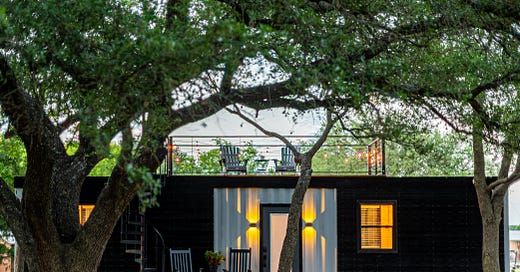The Tiny House Movement Should Be so Much Better than It Is
An alternative housing solution that is scuppered by zoning, planning permission and lifestyle aspirations
Keep reading with a 7-day free trial
Subscribe to This much I know to keep reading this post and get 7 days of free access to the full post archives.





